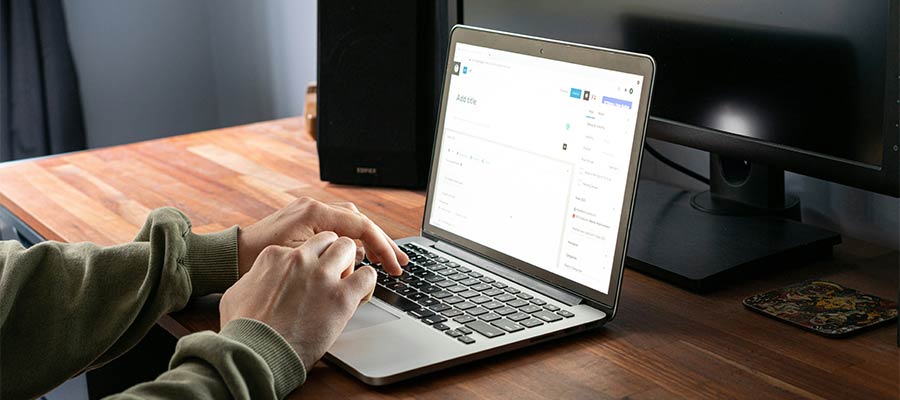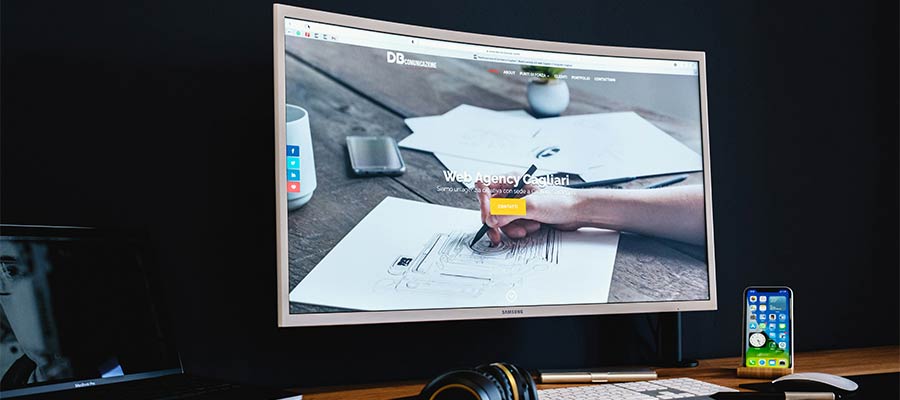Web designers love to client-proof their creations. It’s all about preventing a rogue client from mucking up a layout or feature. After all, everyone’s happy when things look good.
The practice keeps those technical support requests to a minimum. Or at least it did.
These days, it seems like clients are eager to experiment with design. The more we lock down features, the more frustrated they get. It’s been a growing trend in my freelance business.
I often receive design queries from clients. They want to know how to create specific layouts. Or how to embed video or other third-party content.
It marks a change from how things used to be. So, why are clients suddenly interested in doing it themselves? I have a few theories! I also have thoughts on what we can do to meet this need.
There’s a Higher Standard for Web Design
Today’s clients are avid web consumers. Some have grown up alongside the internet. Therefore, they possess a different set of sensibilities.
The web used to be a novelty. The clients I served 10+ years ago weren’t as attuned to user experience (UX). If anything, they asked for features that went against the grain in this area.
Sure, I still get requests for such features. But they have decreased significantly.
I more often hear from people who want to replicate a specific look. They want a page layout similar to a big brand or competitor.
True, they may want these results on a much smaller budget. But they have an idea of how a website should look and work. And it’s miles away from the clunky designs of yesteryear.
Clients are surrounded by better design. And they want the same for themselves.
No-Code Tools Are Promising a Better Experience
We’ve witnessed an influx of browser-based design tools in recent years. Proprietary systems like Wix market themselves as do-it-all solutions. Even open-source apps like WordPress have gotten into the game with its Site and Block Editors.
The message is that anyone can build a website. Sure, the reality may be blurred (and there’s no mention of quality). But these tools have raised the bar of expectation.
For some website owners, having a site is no longer enough. They also want to create content and personalize the look. Empowered clients, yay!
However, this is a less-than-ideal situation for web designers. We want our clients to accomplish great things with their sites. But there’s a price to all of this newfound freedom.
These tools make building a custom layout easier. But things can get out of hand rather quickly.
I’ve seen this with the WordPress Block Editor. There’s a lot to love about it. However, it doesn’t guarantee success. Those unfamiliar with design can paint themselves into a corner.
For example, building layouts that are hard to maintain. Or accidentally dragging a block into the wrong space. All good for our job security. Not so much for our mental health.
Yes, anyone can build with a no-code tool. But it still takes careful thought and foresight to do it well. That’s why locking things down is still so attractive.

What Should Web Designers Do?
We want to keep our clients happy. Plus, there’s only so much lecturing we can do. So, how can we provide the flexibility clients want while also safeguarding their site?
There are a few ideas that come to mind:
Build with Flexibility in Mind
I’m a very purpose-driven designer. I like to build features that match a client’s stated needs. But sometimes, that leads to inflexibility.
A client will attempt to use a feature in a way that I didn’t intend. The result is often a frustration for both parties.
The lesson here is to build with flexibility in mind. Consider other ways a client may use a feature. Then, provide options for making it work.
Custom WordPress blocks are a good example. Instead of creating a block with a singular layout option, go the extra mile. Add column and row layouts. Allow for different types of content to be input.
These little steps can mitigate issues down the road. Clients won’t have to think outside the box – they’ll already have everything they need.
Invest in Client Education
Design tools are more powerful than ever. That’s a good thing. However, a well-intentioned client could use them to cause havoc.
When people know better, they do better. Thus, education can be just as powerful.
Sit down with clients and teach them the basics. Provide documentation that spells out best practices and things to avoid.
Granted, not everyone has time to do this. In that case, you might employ a third-party resource to help. Curate a list of videos and tutorials to put clients on the right path.
Again, prevention is the best medicine here.
Lock Down What You Can
None of this means we should stop locking things down. A client-proof website is still a noble goal. We might have to be more selective, though.
Tools like the WordPress Block Editor include a locking feature. You can use it to prevent those unintended consequences. Adding block patterns could also satisfy the need to create custom layouts.
You might also seek to limit user permissions. If there’s an area that a client should never touch – don’t give them easy access.
Think about the site’s most mission-critical aspects and act accordingly.

Web Designers Need to Meet Clients Where They Are
Today’s web design clients want to do more with their sites. Sure, they want us to build them something beautiful and functional. But they also want the ability to do it themselves.
There’s no going back on this. The cat’s already out of the bag. Thus, we need to adjust to match these expectations.
We can achieve this through a bit of foresight. Anticipate how clients will interact with their website. Build features that can withstand whatever they throw at it.
We’ll still make mistakes. Plus, some clients will be prone to mishaps. However, these experiences are learning opportunities. Take them and keep evolving. After all, our clients aren’t slowing down.
Clients Are Demanding More Web Design Freedom Medianic.















